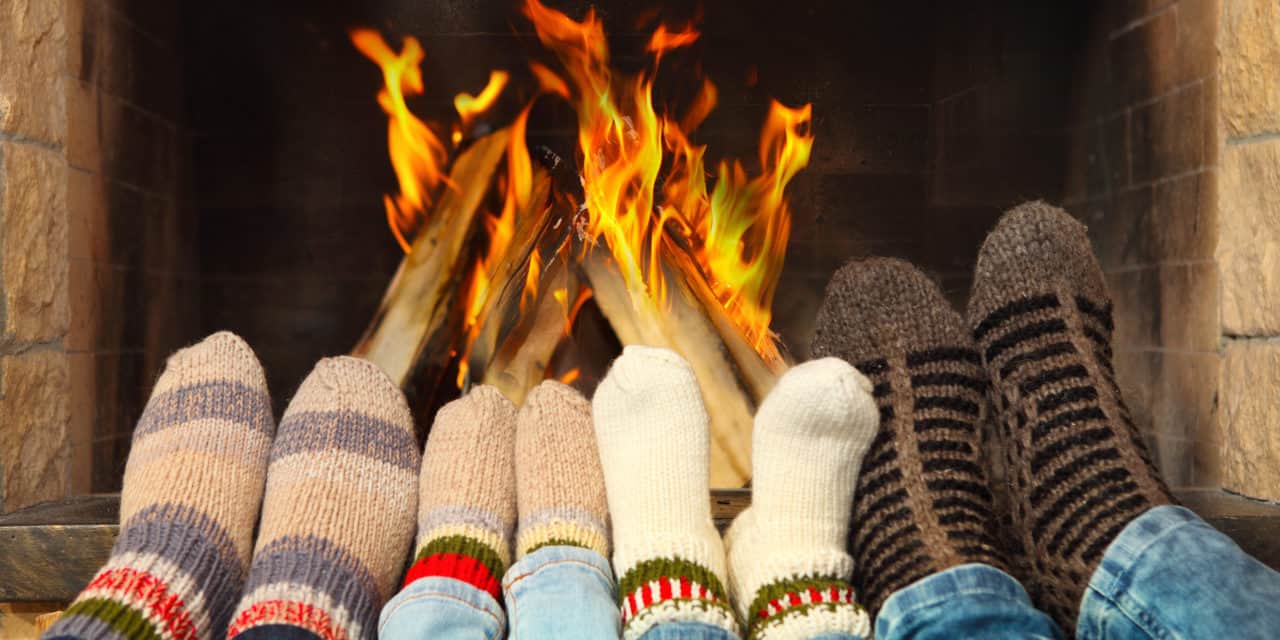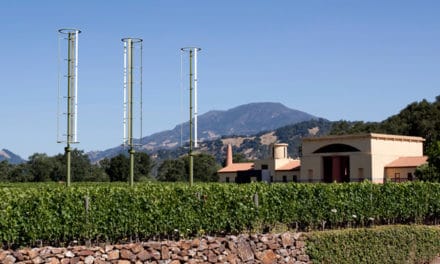Stay Warm With Efficient Energy and Savings
By Susan Baston
With fall and winter seasons quickly approaching, we’ll soon be wrapping ourselves in warmth however we can find it. We’re fortunate enough to be surrounded by beautiful mountains that make it possible to quickly harvest our own firewood when the weather and permits allow. On cold winter evenings, a blanket of chimney smoke hugs our little towns providing proof that wood is a hot commodity in these cold winter months. But the next time you go to stoke your wood stove or fireplace, consider that you may not be heating your home in the most efficient way possible.
Did you know that the draft from an old wood-burning fireplace actually sucks warm air from the home and up into the chimney? Also, when you use central heat as a back up while burning wood in a fireplace, your heater exerts even more energy to maintain temperatures than it would if the fireplace was not in use! Old, uncertified wood stoves and fireplaces are proving to be costly and inefficient appliances for home owners. In an effort to cut these losses, the United States Environmental Protection Agency (US EPA) is working with manufactures to bring clean burning wood stoves and fireplaces to the market, in hopes that less efficient versions will be replaced. In fact, the EPA is recommending alternative heating sources all together, citing energy efficiency and environmental benefits. Much cleaner options such as gas and high-tech, EPA-certified wood stoves are proving to be 50% more efficient than outdated wood stoves and fireplaces!
However, there’s something nostalgic and peaceful about the warm glow emitting from a wood burning fireplace, and perhaps you’re one to stay committed to using yours for the winter to come. If that’s the case, there’s still steps you can take to keep your home energy efficient as possible. Having an EPA-certified wood stove drastically improves efficiency and even more importantly is a cleaner, greener option for the environment. In fact, according to the US EPA, uncertified stoves pollute 20 times more the amount than an EPA-certified stove!
Whether you’re cutting wood yourself, or buying it locally, its important to keep in mind that some types of wood burn longer and hotter than others. Less dense species such as Pine and Spruce trees are excellent choices for fall, and they tend to have a shorter burn and not overheat the house. Oak and Douglas fir are considered harder species and burn longer, making them the prime choices for local winter firewood. Also, make sure your firewood is dry. Wet wood produces smoke, and smoke produces wasted fuel. It’s best to store your wood split, stacked and properly covered so it will be ready and “seasoned” by the time the snow falls.
So while you’re staying warm in these cold, damp months, consider your options in energy-saving heating appliances. For additional information and tips about available EPA-certified wood stoves and fireplaces visit epa.gov. There you will find great tips and helpful recommendations regarding energy suppliers and efficiency options that are best for your home and lifestyle.
Source: http://www.epa.gov/burnwise/energyefficiency.html












